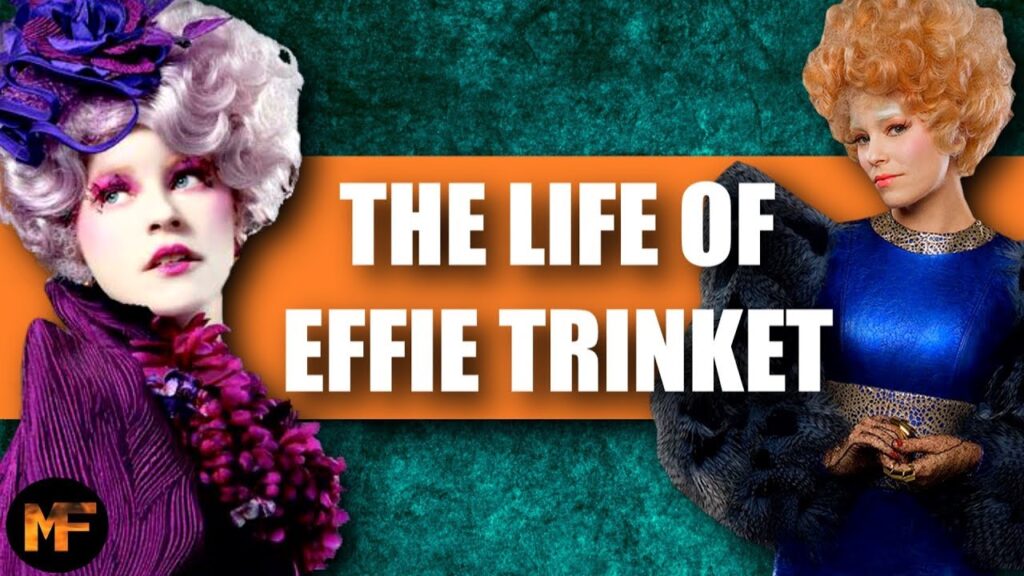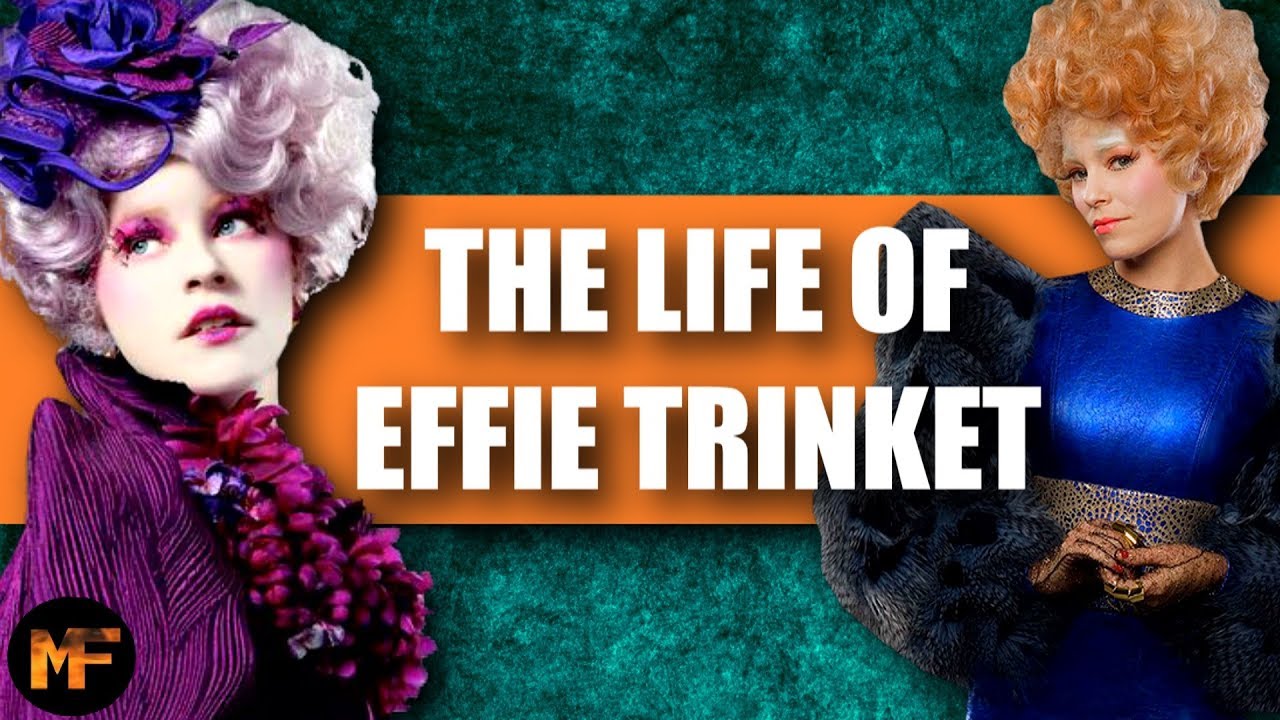
Trinket Hunger Games: Exploring Symbols of Rebellion and Survival
The Hunger Games trilogy, penned by Suzanne Collins, isn’t just a thrilling dystopian saga; it’s a complex exploration of power, oppression, and the enduring human spirit. Within this world, seemingly insignificant objects, often referred to as trinkets, take on profound symbolic meaning. These trinkets, imbued with personal significance or representing acts of defiance, serve as potent reminders of hope, love, and the ongoing struggle against the Capitol’s tyranny. This article delves into the crucial role of trinkets in The Hunger Games, examining how they function as symbols of rebellion and survival for Katniss Everdeen and the other characters.
The Mockingjay Pin: A Symbol of Defiance
Perhaps the most iconic trinket in The Hunger Games is the Mockingjay pin. Initially a simple, unassuming piece of jewelry given to Katniss by Madge Undersee, the mayor’s daughter, it quickly evolves into a powerful symbol of rebellion. The Mockingjay itself is a hybrid creature, a cross between a mockingbird and a jabberjay, the latter being a genetically engineered bird used by the Capitol for espionage. When the Capitol abandoned the jabberjays, they were left to die, but instead, they bred with mockingbirds, creating the mockingjay, a symbol of the Capitol’s failed attempt at control. Katniss wearing the trinket is an act of passive resistance at first, but as the story progresses, it becomes a rallying cry for the districts, inspiring them to rise up against the Capitol.
The Mockingjay pin’s significance is multifaceted. It represents the unintended consequences of the Capitol’s actions, their inability to fully control nature, and the resilience of the human spirit. It’s a reminder that even from failed experiments and discarded creations, something beautiful and powerful can emerge. For Katniss, the pin serves as a constant reminder of her responsibility to the rebellion and the hope she represents to the oppressed.
The Pearl: A Gift of Love and Remembrance
Another significant trinket is the pearl given to Katniss by Peeta Mellark during their time in the Quarter Quell. This single pearl, found by Peeta in an oyster, becomes a symbol of their love and connection. It represents the genuine affection that develops between them amidst the manufactured romance orchestrated by the Capitol. The pearl is a tangible reminder of Peeta’s love and sacrifice, and Katniss clings to it as a source of strength and hope during the darkest of times.
The pearl’s simplicity is part of its power. It’s not a grand, ostentatious display of wealth like many of the Capitol’s treasures. Instead, it’s a small, precious object that represents the purity and genuineness of Peeta’s feelings. It’s a reminder that even in the midst of violence and oppression, love and connection can still flourish. The pearl also represents the beauty that can be found even in the most unexpected places, much like Peeta finding the oyster in the arena.
Katniss’s Father’s Hunting Locket: A Connection to the Past
Although not explicitly described as a trinket, the locket Katniss inherits from her father holds immense sentimental value. It contains pictures of her mother and sister, Prim, and serves as a tangible connection to her past and the life she is fighting to protect. This locket represents family, love, and the values that Katniss holds dear. It is a reminder of what she stands to lose if the Capitol succeeds in its oppressive rule.
The locket is a symbol of Katniss’s roots and her motivation for survival. It reminds her of the people she loves and the life she wants to create for them. It’s a source of comfort and strength in the face of adversity. The locket also highlights the importance of family and community in the face of oppression. It underscores the idea that love and connection are essential for survival, both physically and emotionally.
Other Notable Trinkets and Their Significance
Beyond these primary trinkets, several other objects throughout the series carry symbolic weight. Rue’s flowers, for example, become a symbol of innocence and the tragic loss of life in the Hunger Games. The bread that Peeta throws to Katniss when she is starving represents kindness and compassion in a world of cruelty. Even the Capitol’s extravagant displays of wealth and power, such as their elaborate costumes and decadent food, serve as symbols of their detachment from the suffering of the districts.
These smaller trinkets, while seemingly insignificant on their own, contribute to the overall tapestry of symbolism in The Hunger Games. They highlight the stark contrast between the Capitol’s opulence and the districts’ poverty, and they underscore the importance of empathy and compassion in a world that often lacks both.
The Power of Trinkets in Storytelling
Collins masterfully uses trinkets to enhance the emotional impact of her story. These objects serve as tangible reminders of the characters’ experiences, their relationships, and their values. They allow readers to connect with the characters on a deeper level and to understand the significance of their struggles. By imbuing these seemingly ordinary objects with symbolic meaning, Collins creates a rich and layered narrative that resonates with readers long after they finish the books.
Trinkets in The Hunger Games also serve as a powerful commentary on consumerism and the manipulation of symbols. The Capitol uses symbols to control and manipulate the districts, while the rebels use symbols to inspire and unite them. This highlights the importance of critical thinking and the need to be aware of the ways in which symbols can be used to influence our thoughts and actions. The use of trinkets helps to illustrate the power of branding and how everyday objects can be infused with meaning, both positive and negative.
Trinkets as Catalysts for Rebellion
The trinkets are not simply passive symbols; they actively contribute to the rebellion’s momentum. The Mockingjay pin, in particular, becomes a catalyst for action, inspiring the districts to rise up against the Capitol. The pearl serves as a reminder of the love and connection that the rebels are fighting to protect. Even the memory of Rue’s flowers fuels the desire for justice and an end to the Hunger Games.
These trinkets demonstrate the power of small acts of resistance. They show that even seemingly insignificant objects can have a profound impact on the course of history. They remind us that we all have the power to make a difference, no matter how small our actions may seem. The presence of trinkets in The Hunger Games is a potent reminder that even in the face of overwhelming oppression, hope and resistance can endure.
The Enduring Legacy of Trinkets in The Hunger Games
The trinkets in The Hunger Games are more than just objects; they are powerful symbols of rebellion, survival, and the enduring human spirit. They serve as reminders of the characters’ experiences, their relationships, and their values. They inspire hope, fuel resistance, and ultimately contribute to the downfall of the Capitol. These trinkets also leave a lasting impression on the reader, prompting reflection on the themes of power, oppression, and the importance of fighting for what is right.
The story highlights how even the smallest of items can become powerful symbols. A simple pin, a single pearl, or a faded photograph can hold immense meaning and inspire profound action. The trinkets in The Hunger Games remind us that even in the darkest of times, hope and resistance can endure, and that even the smallest acts of defiance can have a lasting impact. Katniss’s journey, intertwined with these poignant objects, continues to resonate with readers, prompting discussions about social justice, political resistance, and the power of individual agency. The symbolism of trinkets contributes significantly to the story’s enduring appeal and its capacity to inspire meaningful conversations about the world around us. The consistent presence and importance of these trinkets throughout the series solidify their place as integral components of the narrative’s thematic depth and emotional resonance.
[See also: The Symbolism of Fire in The Hunger Games]
[See also: Katniss Everdeen: Reluctant Hero]
[See also: The Role of Propaganda in The Hunger Games]

